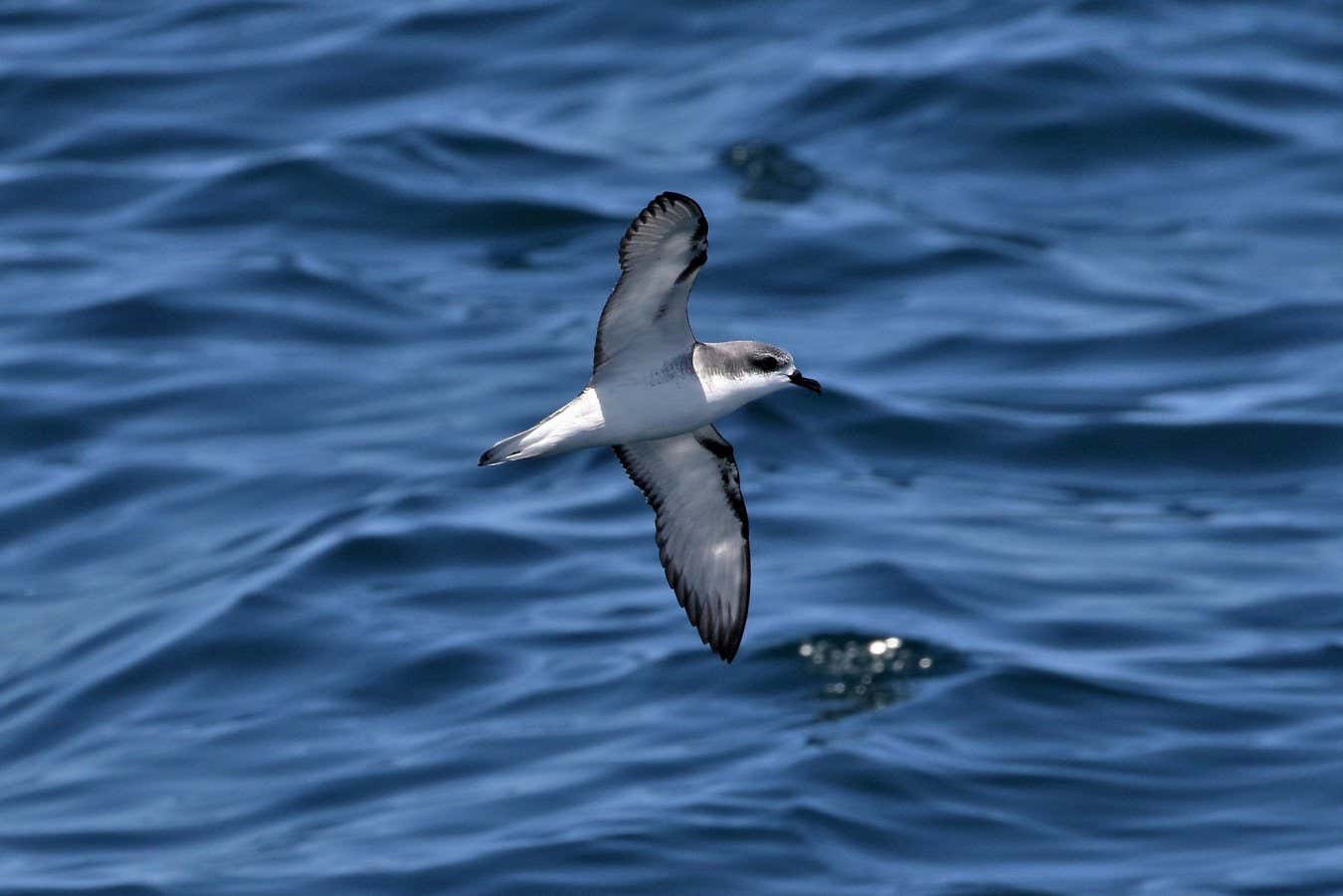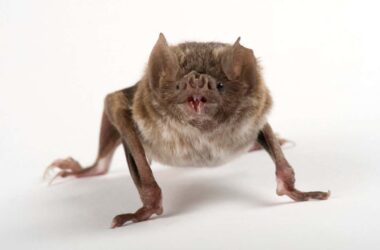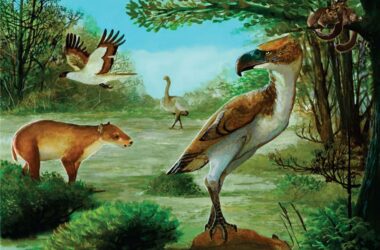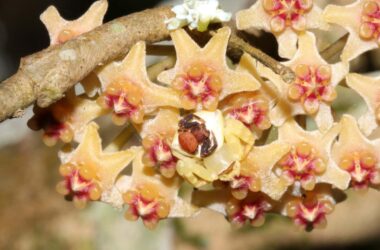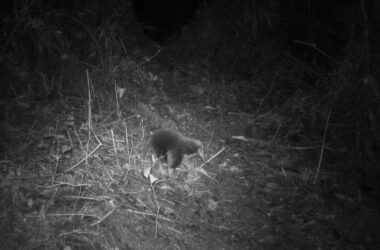Threatened seabirds are spending extended periods of time searching for food around floating garbage patches in the ocean, according to a major study. The study highlights the urgent need for international action to address plastic pollution. Using tracking data from over 7000 birds and plastic pollution location data, researchers assessed the plastic exposure risk for 77 species of petrel, a group of migratory seabirds. They found that 25% of all plastic exposure for seabirds happens in areas outside national jurisdictions, primarily in large floating patches of pollution like the Great Pacific Garbage Patch. Seabirds can spend anywhere from several hours to weeks foraging in these pollution hotspots. During the breeding season, they have to quickly return to feed their chicks, but even then, they still spend many hours at these hotspots. The study also found that some of the most threatened seabird species, such as shearwaters and Hawaiian petrels, are among those with the highest exposure to ocean plastic. This raises concerns because these already vulnerable species have to feed in areas with significant plastic pollution.
The study emphasized the need for countries to collaborate on global solutions to address the sources of plastic pollution since a large proportion of plastic exposure occurs beyond national jurisdictions. Cracking down on plastic waste from fishing vessels and reducing the use of single-use plastics are important initial steps. Countries are also working on a global, legally binding treaty under the United Nations process to combat plastic pollution, which could come into effect starting from 2025.
It is important to note that this study only considered the exposure risk faced by the seabirds and did not assess how much plastic they actually ingested. Future research will focus on understanding the plastic ingestion rates in different populations and species. This would provide insights into whether birds actively avoid plastic or are more likely to ingest it.
Insights:
– Seabirds are facing significant threats due to plastic pollution, as they spend a substantial amount of time foraging in garbage patches in the ocean.
– Plastic exposure for seabirds often occurs beyond national jurisdictions, highlighting the need for international cooperation to tackle the problem.
– The study draws attention to the high exposure of already threatened seabird species to ocean plastic.
– Countries are working towards a global treaty to address plastic pollution, with potential implementation by 2025.
– Future research aims to investigate the actual ingestion rates of plastic by different seabird populations and species. This would shed light on their avoidance behavior and susceptibility to ingestion.




